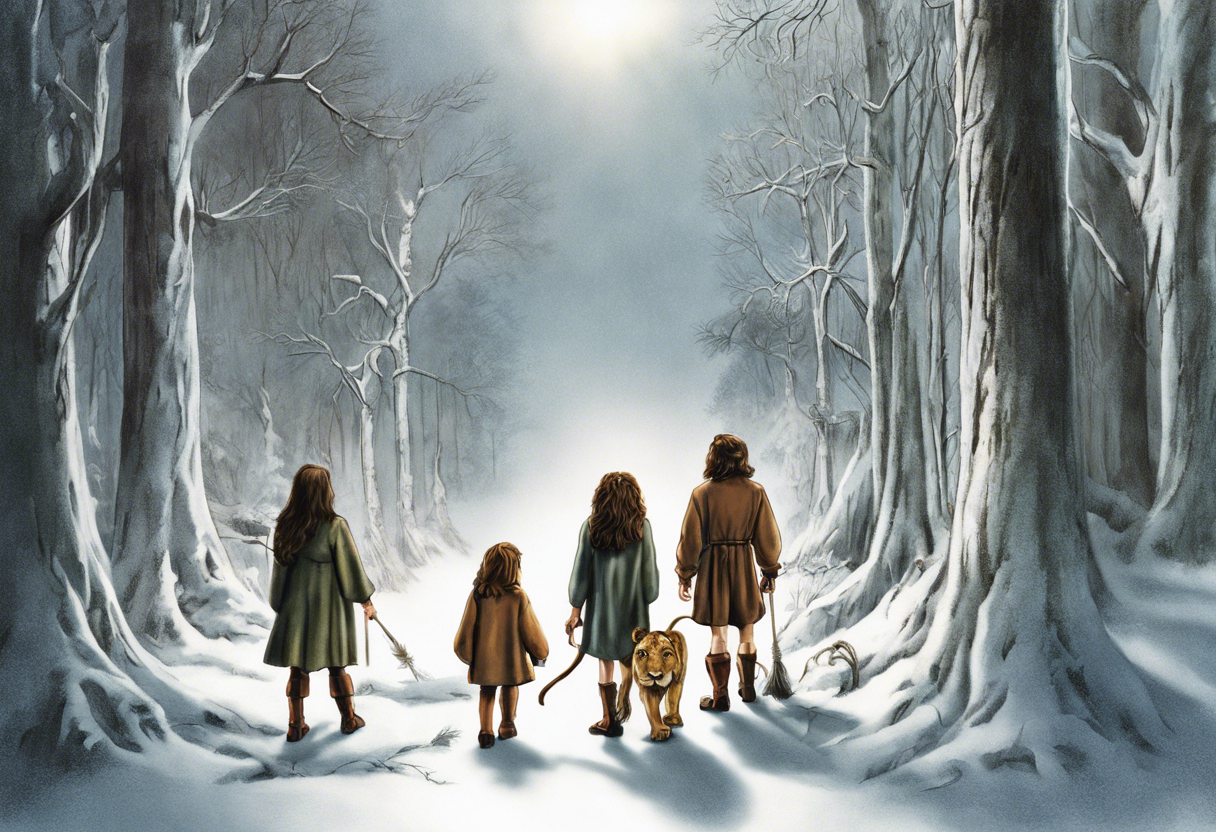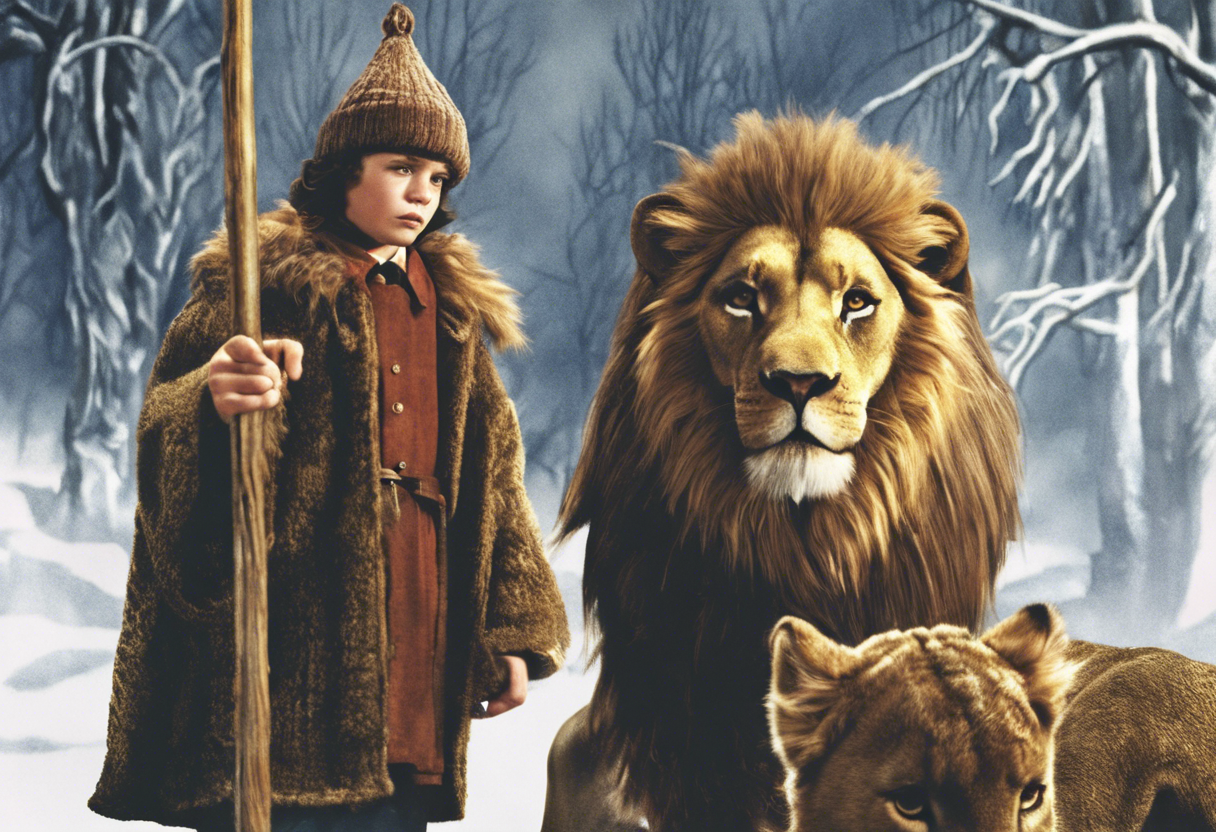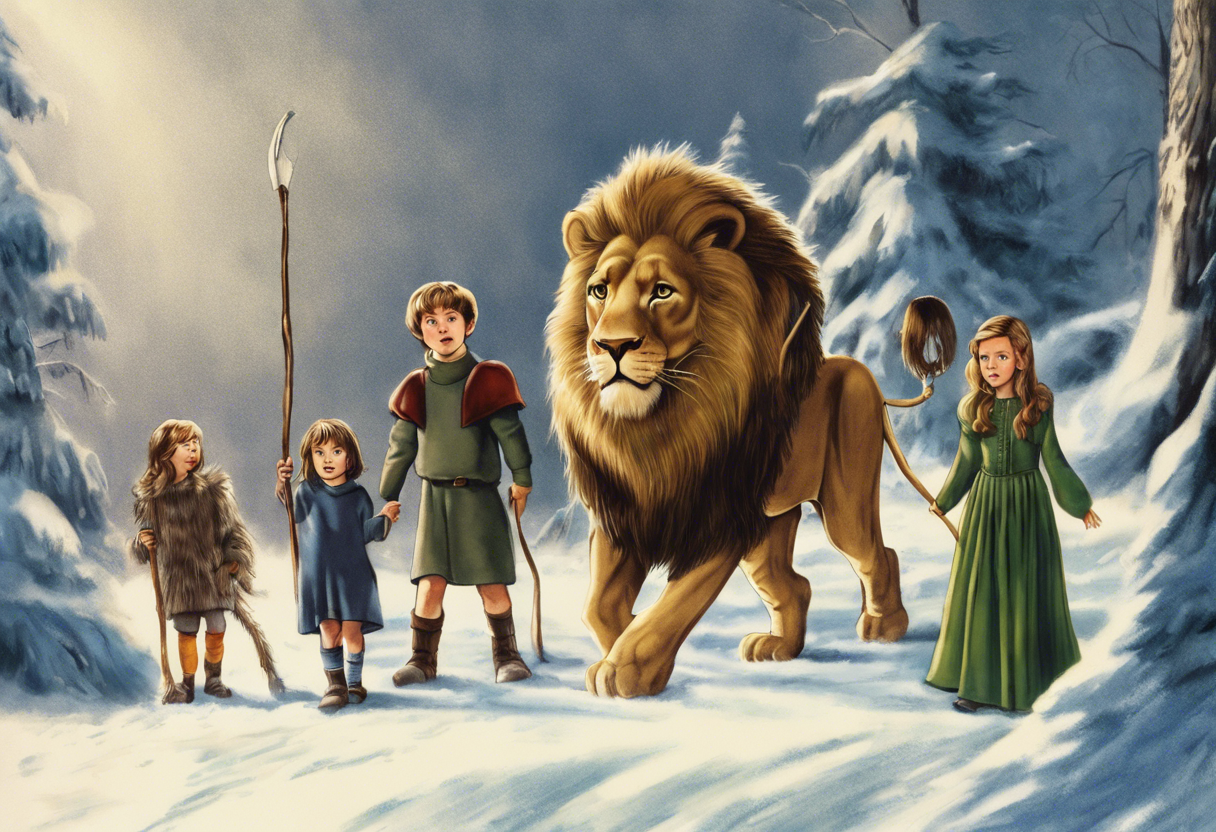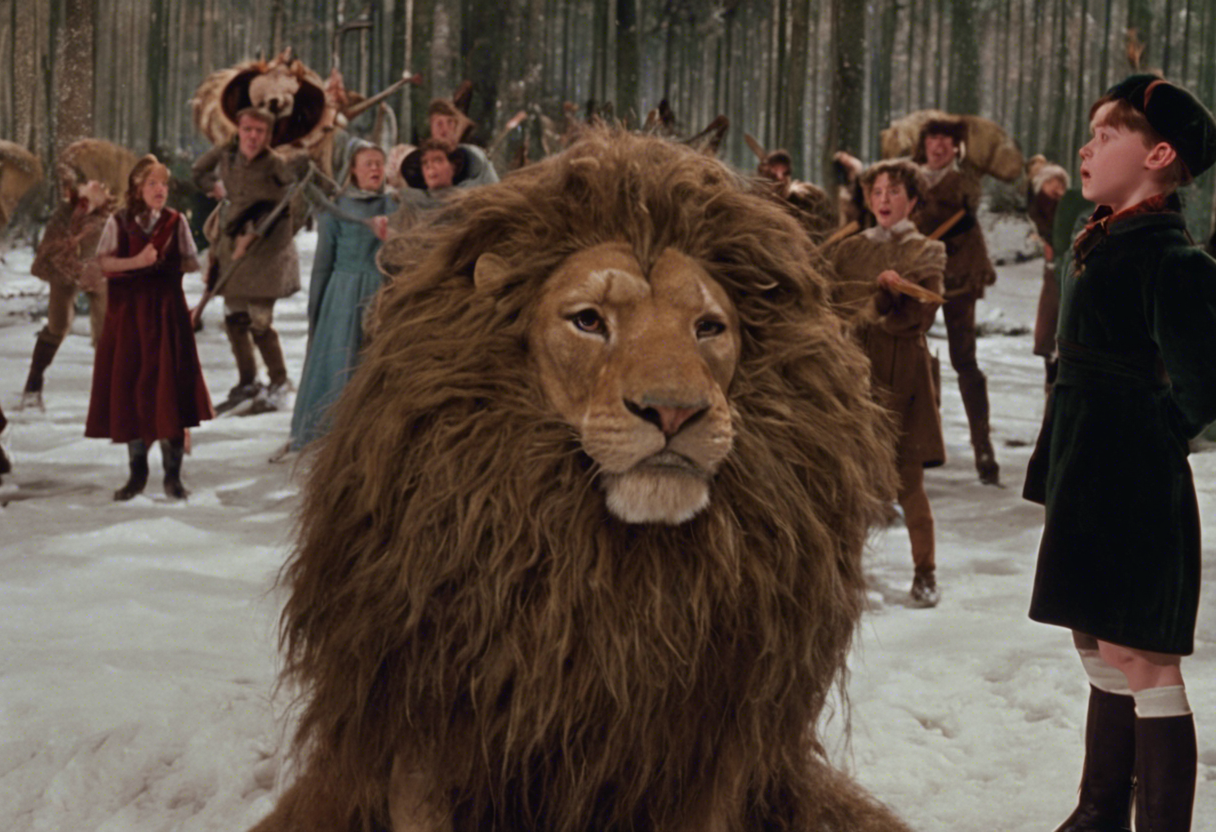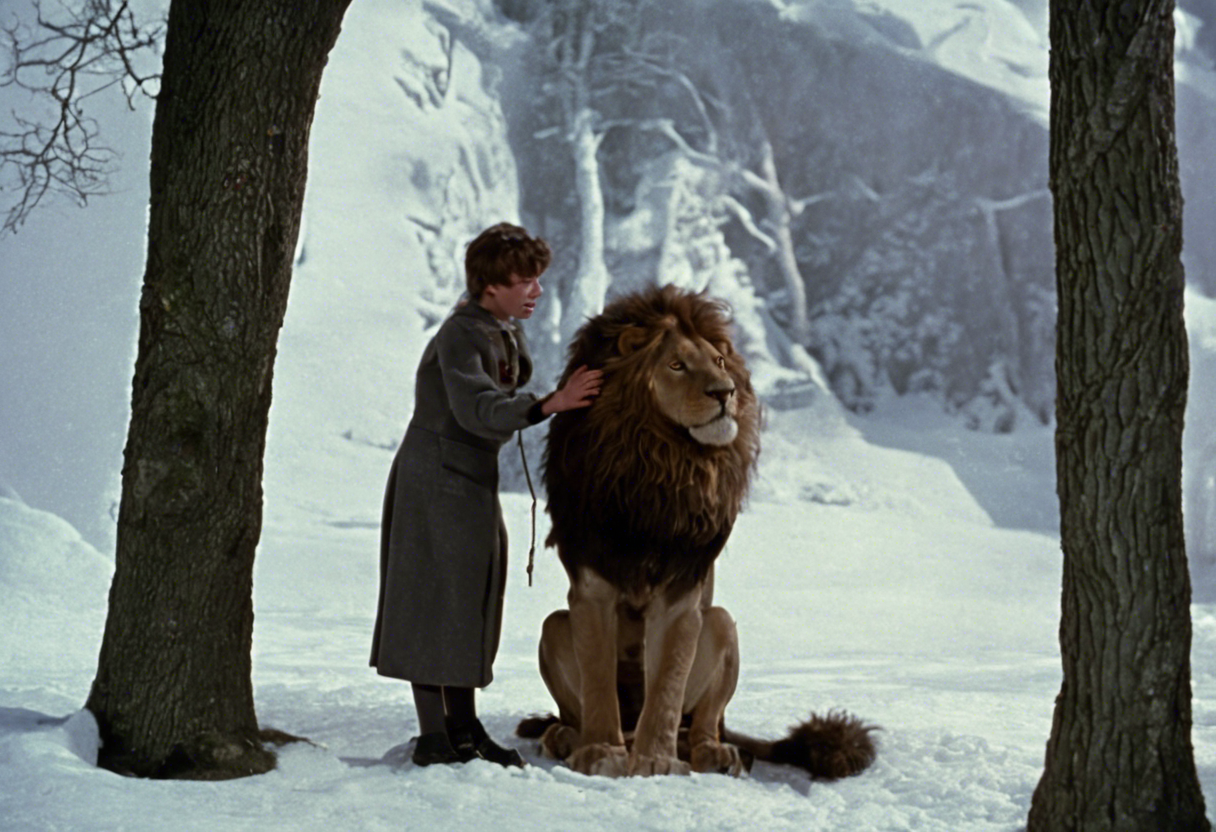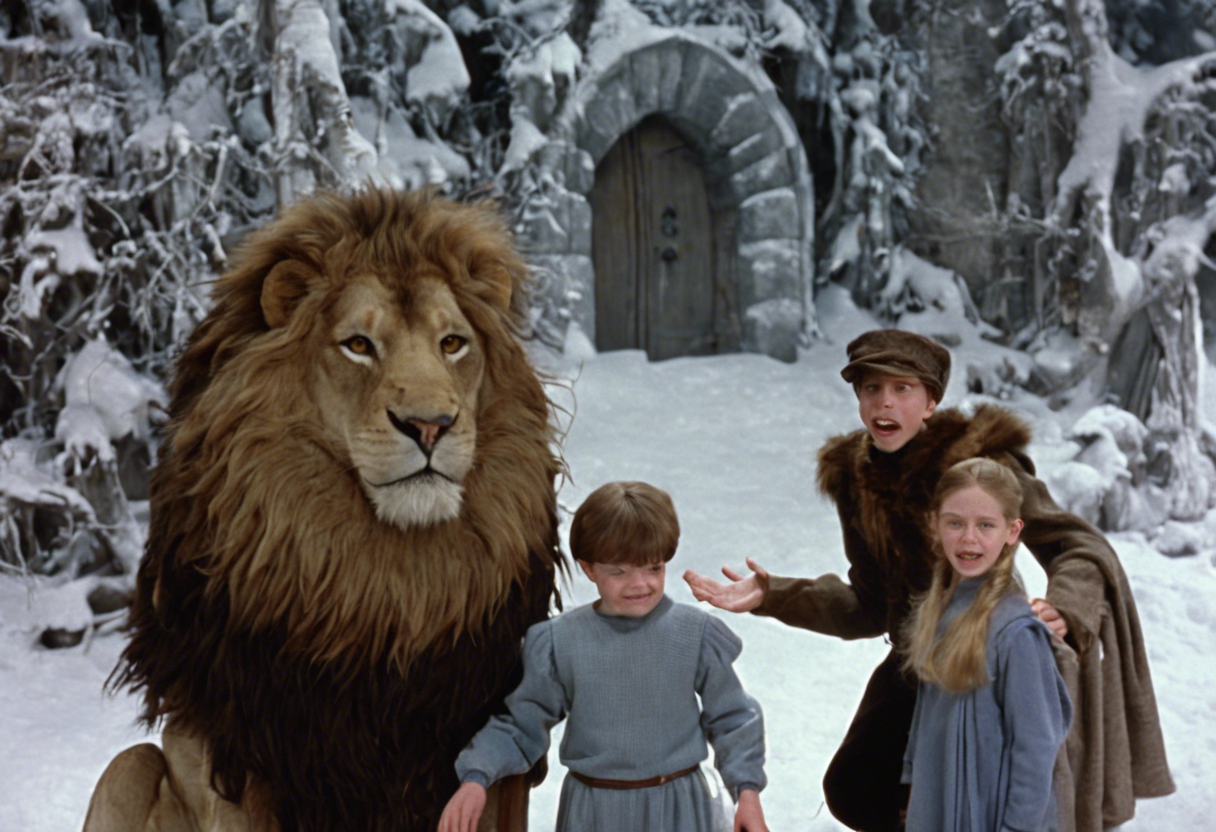Contents
Introduction
As a lifelong fan of fantasy, “The Lion, the Witch & the Wardrobe (1988)” holds a special place in my heart. Watching this adaptation brought the magic of Narnia vividly to life for me. The blend of storytelling, acting, and practical effects captured the spirit of C.S. Lewis’s beloved book in a way few adaptations have. Since first seeing it as a child, I have returned to this film many times, each viewing deepening my love for its characters and themes.
The film’s enchanting portrayal of the Pevensie siblings stepping through the wardrobe into a world of magic and danger remains unforgettable. Its earnest performances and heartfelt moments helped build a lasting connection with audiences like me. More than just a story, this adaptation serves as a portal into childhood wonder, courage, and hope. Its impact on fantasy fans and newcomers alike is profound and enduring.
Plot Summary
The story follows siblings Peter, Susan, Edmund, and Lucy Pevensie, evacuated to the English countryside during WWII. Lucy discovers a wardrobe that leads to Narnia, a land frozen in eternal winter by the White Witch’s cruel spell. One by one, her siblings enter Narnia and realize they are part of an ancient prophecy to free the realm. Alongside the noble lion Aslan, they face battles, betrayal, and sacrifice to restore peace.
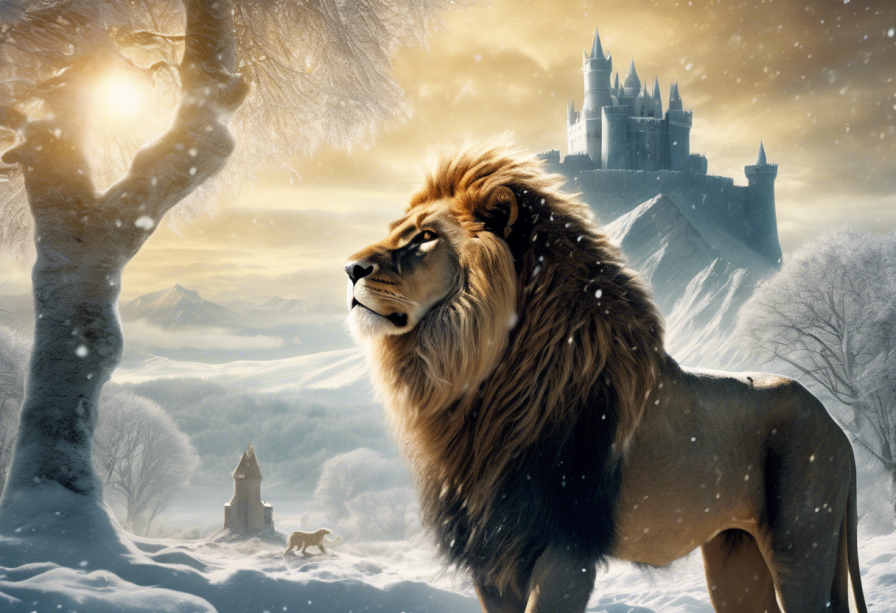
The narrative balances wonder with weighty themes. Edmund’s initial betrayal and eventual redemption highlight growth and forgiveness. The children’s journey is one of discovery and bravery as they embrace their roles as Narnia’s heroes. The film condenses the book’s major events into a clear, compelling story that resonates with viewers young and old.
Themes and Symbolism
The film explores the battle between good and evil, sacrifice, and redemption. The White Witch’s endless winter symbolizes oppression and hopelessness, while Aslan’s arrival signals renewal and hope. Aslan’s willing sacrifice for Edmund reflects selfless love, echoing Christian allegory in Lewis’s original work. These themes invite reflection on forgiveness and transformation, offering emotional depth beneath the fantasy.
The wardrobe symbolizes transition—a gateway from the mundane to the magical. The Pevensies’ journey mirrors coming-of-age struggles, embracing responsibility and courage. Snow and ice depict stasis, broken by Aslan’s return to life and freedom. These symbols enrich the story, blending universal truths with magical storytelling that resonates across generations.
Cultural Impact
The 1988 film brought Narnia to life for a generation, inspiring renewed interest in Lewis’s work. Though limited by television budgets, it delivered a heartfelt and faithful adaptation. This version introduced many viewers to the Chronicles of Narnia, paving the way for future film adaptations. Its influence continues among fans who cherish its sincerity and charm.
The story’s themes of faith, hope, and courage have made it a cultural touchstone. It impacted family entertainment and faith-based storytelling in fantasy. The film remains a classic that educators and fans use to introduce moral lessons wrapped in adventure. Its legacy endures as a beloved gateway into the world of Narnia and fantasy fiction.
Callbacks & Easter Eggs
The film includes subtle nods for attentive fans. The iconic lamp-post is presented with reverence, symbolizing the boundary between worlds. The Pevensies’ map markings hint at future adventures. Details like Mr. Beaver’s handcrafted boats and the enchanted stone table reference the broader Narnia lore. These enrich the film for devoted fans, connecting it to Lewis’s universe.
The musical score contains motifs that hint at themes developed later in the series. The wartime opening grounds the children’s journey in real-world context. Casting choices closely reflect Lewis’s character descriptions, creating a faithful visual adaptation. These details demonstrate the filmmakers’ respect for the source material and enhance immersion.
Lore Expansion & Fan Theories
While closely faithful, the film sparks fan theories about Aslan’s nature as a cosmic force beyond a lion. Fans debate the wardrobe’s magical properties and connections to other realms. The White Witch’s army fuels speculation on Narnian creature origins and allegiances. The film’s portrayal of Edmund’s arc prompts reflections on temptation and redemption.
Its choices in story emphasis inspire fan fiction and expanded universe ideas. The portrayal of sacrifice and resurrection invites theological discussion. These elements deepen fan engagement and keep Narnia’s magic alive beyond the screen. The film acts as a catalyst for imaginative exploration of Lewis’s world.
Behind-the-Scenes Insights
Making the 1988 adaptation involved overcoming the era’s technical limits. Director Marilyn Fox worked closely with cast and crew to balance faithfulness with TV budget constraints. Sophie Cookson, who played Lucy, recalled the excitement and challenge of bringing such an iconic character to life. Practical effects and an animatronic Aslan puppet showcased impressive craftsmanship for the time.
Composer Geoffrey Burgon crafted a score that blends wonder and solemnity. Costume and set designers collaborated to create authentic Narnian settings. The cast’s genuine performances often exceeded expectations, bringing warmth to the fantasy world. Behind the scenes, dedication to Lewis’s vision united the team to create a timeless classic.
Science vs Fiction
The White Witch’s eternal winter defies meteorological science, as such a frozen ecosystem would collapse without sunlight and food chains. However, this magic serves as a powerful symbol rather than a scientific reality. The film’s talking animals align with mythological traditions, offering moral lessons through anthropomorphized characters.
This blend of fantasy and selective reality allows audiences to suspend disbelief and engage with universal themes. While impossible by scientific standards, the film uses creative liberties to inspire wonder and reflection. It balances magic and nature in a way that resonates emotionally, despite real-world contradictions.
Production & Box Office
The BBC produced the 1988 adaptation as a television miniseries with a modest budget. Despite limitations, it garnered impressive ratings and critical praise. According to The Hollywood Reporter, it helped revive interest in literary adaptations during the late 1980s. Its success laid groundwork for future cinematic Narnia projects.
The production’s practical effects and location filming added authenticity to the fantasy world. Its cultural footprint remains strong among fans and scholars of fantasy media. The miniseries exemplifies how heartfelt storytelling can succeed without blockbuster budgets. It set a high bar for faithfulness in adapting beloved novels.
Critical Reception
Critics praised the film’s loyalty to Lewis’s novel and its heartfelt performances. The Pevensies’ warmth and chemistry stood out. While special effects seemed dated later, the production’s spirit and ambition received respect. Fans embraced it as a treasured introduction to Narnia’s magic and moral lessons.
Over time, it has gained classic status as an early fantasy adaptation. Newer versions offer spectacle, but this miniseries remains beloved for sincerity and simplicity. It holds nostalgic value and continues to inspire viewers discovering Narnia for the first time. Its impact endures across generations.
Facts vs Speculation
The adaptation follows the novel’s canon closely, with confirmed scripts and production details. Fan speculation mostly surrounds character interpretations and symbolism rather than plot changes. Theories about connections to other Narnia books enrich community discussion. No confirmed leaks or alternate versions exist.
Distinguishing fact from speculation clarifies the adaptation’s role in Narnia lore. Official interviews affirm costume and casting choices align with Lewis’s vision. Fan theories add richness but do not alter the faithful retelling. This version stands as a respected classic within the franchise.
Legacy & Verdict
“The Lion, the Witch & the Wardrobe (1988)” remains a cherished introduction to Narnia for many. Its heartfelt faithfulness and storytelling make it timeless. The balance of adventure, magic, and moral themes invites viewers into a world of courage and hope. It paved the way for larger adaptations while maintaining unique charm.
For both longtime fans and newcomers, this adaptation offers an enchanting experience. It encourages belief in magic and the power of forgiveness. As a milestone in fantasy film, it continues to inspire generations. Whether revisiting or discovering Narnia, the film holds a proud place in fantasy history.

